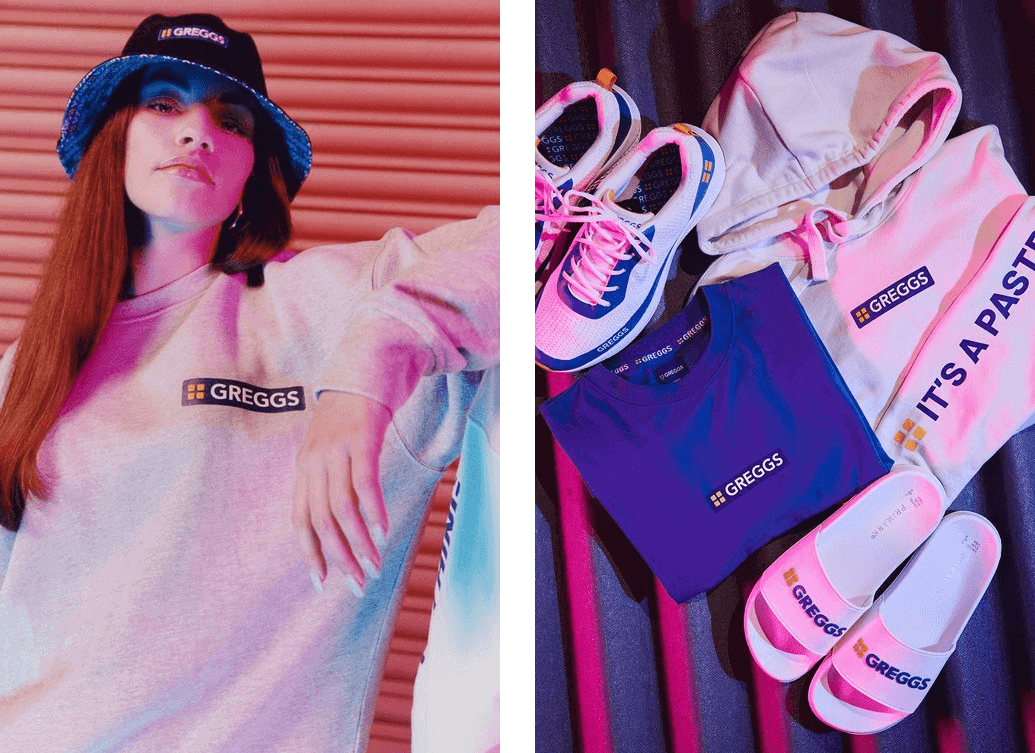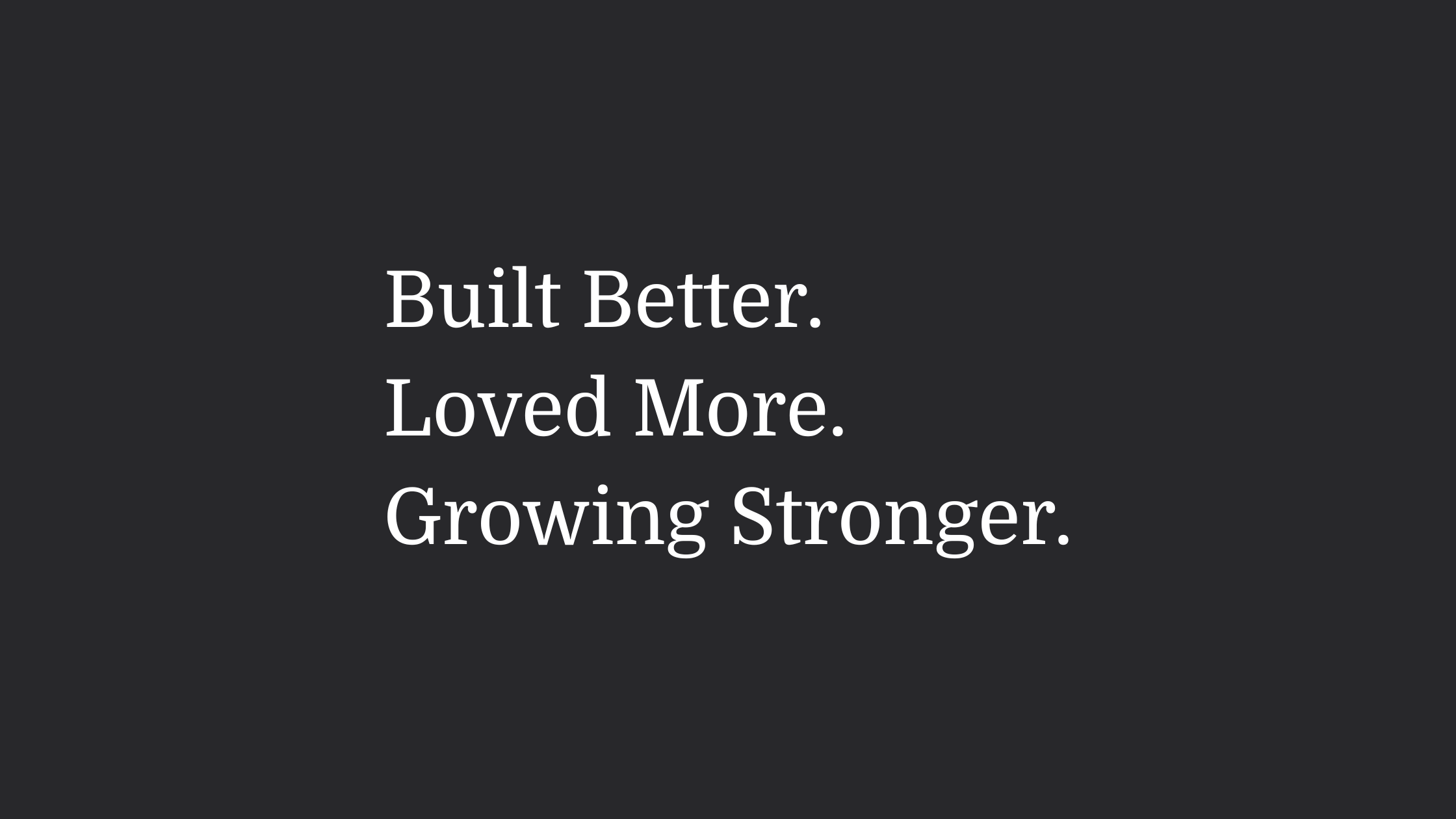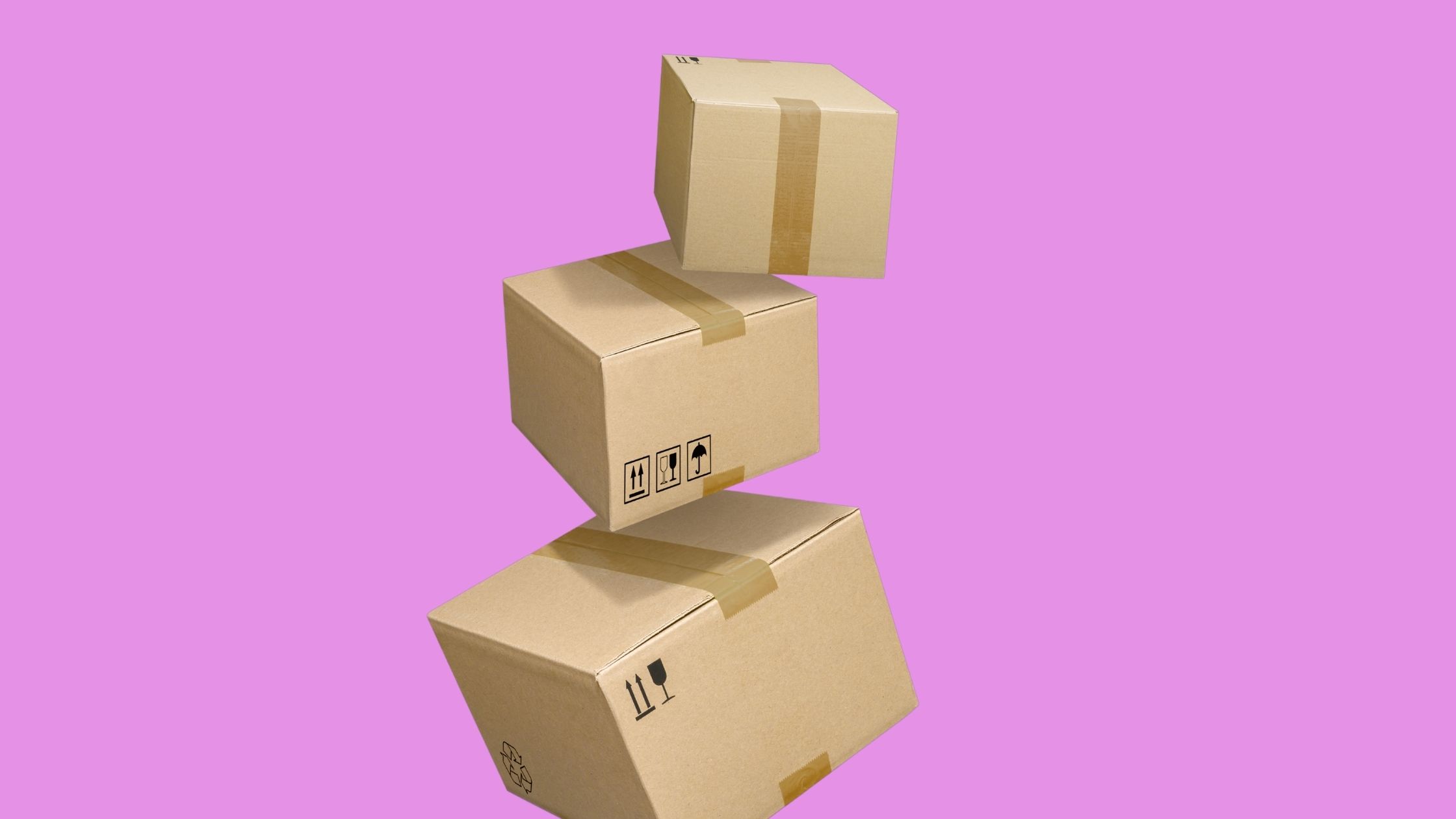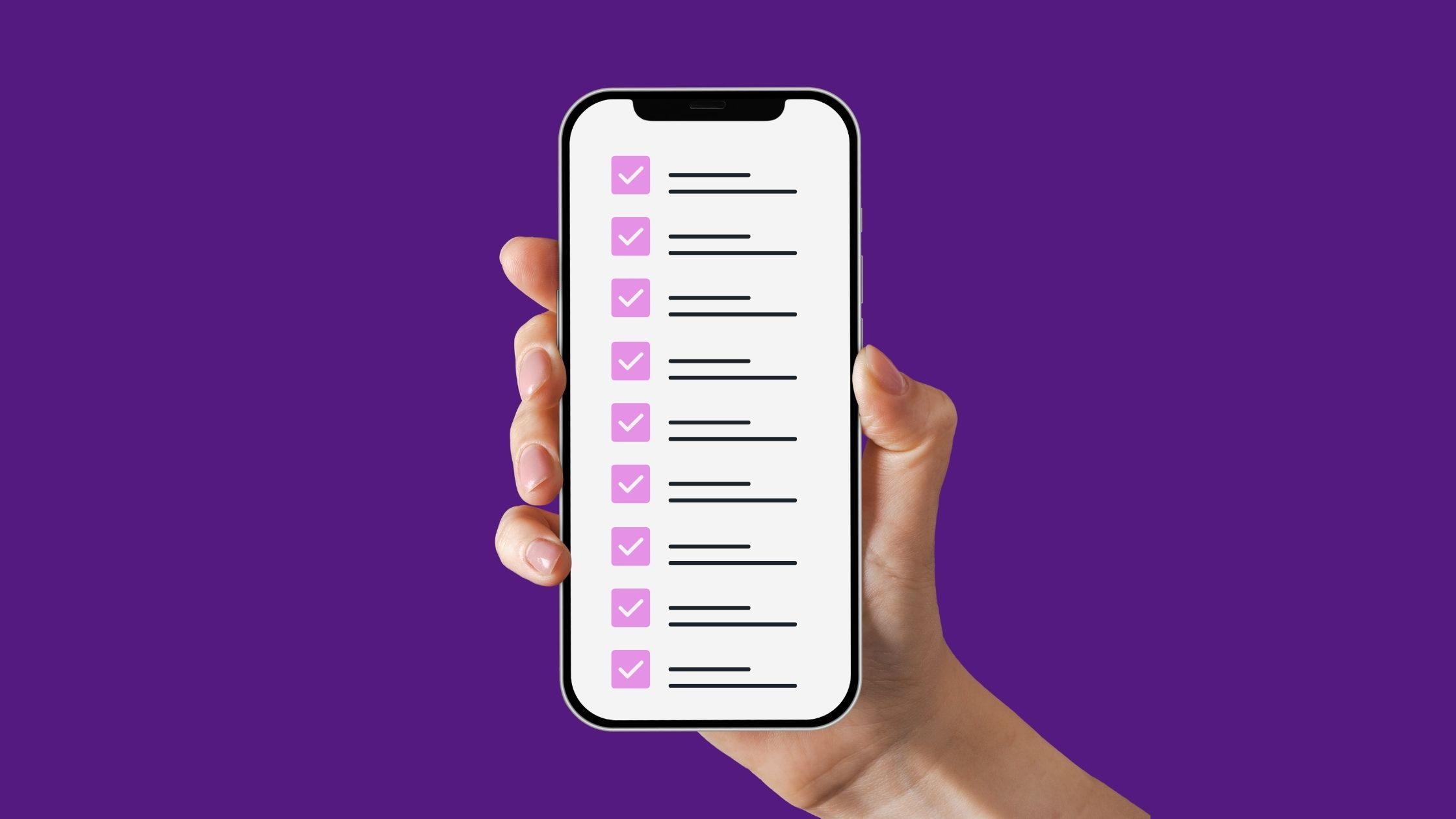Interview multiple candidates
Lorem ipsum dolor sit amet, consectetur adipiscing elit proin mi pellentesque lorem turpis feugiat non sed sed sed aliquam lectus sodales gravida turpis maassa odio faucibus accumsan turpis nulla tellus purus ut cursus lorem in pellentesque risus turpis eget quam eu nunc sed diam.
Search for the right experience
Lorem ipsum dolor sit amet, consectetur adipiscing elit proin mi pellentesque lorem turpis feugiat non sed sed sed aliquam lectus sodales gravida turpis maassa odio.
- Lorem ipsum dolor sit amet, consectetur adipiscing elit.
- Porttitor nibh est vulputate vitae sem vitae.
- Netus vestibulum dignissim scelerisque vitae.
- Amet tellus nisl risus lorem vulputate velit eget.
Ask for past work examples & results
Lorem ipsum dolor sit amet, consectetur adipiscing elit consectetur in proin mattis enim posuere maecenas non magna mauris, feugiat montes, porttitor eget nulla id id.
- Lorem ipsum dolor sit amet, consectetur adipiscing elit.
- Netus vestibulum dignissim scelerisque vitae.
- Porttitor nibh est vulputate vitae sem vitae.
- Amet tellus nisl risus lorem vulputate velit eget.
Vet candidates & ask for past references before hiring
Lorem ipsum dolor sit amet, consectetur adipiscing elit ut suspendisse convallis enim tincidunt nunc condimentum facilisi accumsan tempor donec dolor malesuada vestibulum in sed sed morbi accumsan tristique turpis vivamus non velit euismod.
“Lorem ipsum dolor sit amet, consectetur adipiscing elit nunc gravida purus urna, ipsum eu morbi in enim”
Once you hire them, give them access for all tools & resources for success
Lorem ipsum dolor sit amet, consectetur adipiscing elit ut suspendisse convallis enim tincidunt nunc condimentum facilisi accumsan tempor donec dolor malesuada vestibulum in sed sed morbi accumsan tristique turpis vivamus non velit euismod.
When baking giant Greggs announced that they’d be opening their biggest ever bakery inside the world’s largest Primark, the UK was thrown into shock. Speculation for how this somewhat doughnutty collaboration would play out became the hot topic of the day.
“What are they launching - sausage rolls and sun hats?” people mused. “Steak bakes among the socks? Breakfast rolls and bikinis?”
When Greggs eventually revealed their new bakery inside Birmingham’s Primark, customers were greeted with a range of doughnut-shaped tables, colourful neon lights, and - the cherry on top of all their cakes - an entire Greggs clothing line rolled out across the UK. Die-hard sausage roll fans could now buy tracksuits, t-shirts and socks adorned with their favourite lunchtime snack. The Greggs clothing range sold out across the country in hours, and that very day eBay listings popped up with £18 hoodies selling for as much as £140 as people queued round the block to get their hands on this exclusive new range.
What this tasty collaboration did was show the power of good branding. That a bakery could release a clothing line, and such a popular one at that, proved that a truly strong brand really is universal. Greggs saw an opportunity to delight their regulars with something totally new, and the gamble paid off.
Of course, not every business has a brand. If the Greggs/Primark collaboration was reversed and Primark tried to release their own pasty, it’s hard to imagine hoards of people flocking to try the new flavour.
So this beckons the key question for all business owners:
How do you tell if you’ve got a business, or a brand?
Just as no good story ever started with a salad, no good brand started without first answering some pretty tough questions.
Below we’ve outlined the key points every entrepreneur should ask themselves when looking carefully at their business. Grab a pen and paper and settle in.
Why are you here?
Okay, not you, personally. You have your parents to thank for that. But why does your business exist? Think back to those first moments when you decided to start selling your products or services. Perhaps you had a particular passion and decided to share it with the world. Perhaps you spotted a gap in the market for something new, or you wanted to solve a problem.
This reason for existing, this thing that you offer the world, is your mission.
It doesn’t need to be complicated or Shakespearean. In fact, the best missions are often the simplest. IKEA’s is “to create a better everyday life for the many people.”
Squarespace says they want to “make beautiful products to help people with creative ideas succeed.” And since you’re reading this on a website built in Squarespace right now, we’d say they’re doing a pretty good job.
Your mission statement doesn’t have to directly talk about your products. Coca Cola doesn't mention their drinks. Instead, they bring in a human element of how they want people to feel when drinking their drinks: “To refresh the world…To inspire moments of optimism and happiness…To create value and make a difference.”
Once you’ve got your mission, your job is to do the following two things:
- Stick to it.
- Shout about it.
What do we mean by stick to it? Be consistent. Before posting across social media, or getting swept away with a new product idea, check in with yourself and your team. Does what you’re about to post reflect your mission? Are you doing something for the right reasons? Use your mission as your guiding moral compass for all of your brand decisions. As long as it aligns with your mission, you’re good to go.
Next, you have to shout about it. Let the world know what your values are, and why you stand for them.
The world’s biggest brands shout their mission from the rooftops. Scroll down to the bottom of Gymshark’s homepage and you’ll see it there in black and white: “More than just your best workout clothing. The Gymshark community is devoted to unlocking potential through conditioning and the things we do today to prepare for tomorrow.”
Eco-friendly toilet paper company Who Gives A Crap immediately showcase their “reason for every roll” without you having to delve beyond the homepage. And immensely popular furniture brand Loaf invite you to discover their “laid-back world” where they want people who buy with them to lead happier, more relaxed lives. They’ve even put it on the wall.
.jpg)
Include your mission in your brand story, or About Us page. Pop it on the bottom of your emails or newsletters. Write a blog about how you decided on that mission above all others.
Once you allow your brand mission to permeate through the rest of your website and aspects of your business, you can use this for the basis of all your brand storytelling to make it unequivocally clear who you are and what you stand for.
Who’s your tribe?
‘Tribe’ sounds very prehistoric. Your audience might not sit around in loincloths, grunting and making fires all day, but you need to know who your customers are, and how you can reach them.
Because no matter how much you might want a broad audience, the best brands in the world started with a smaller, niche group of supporters.
“Not me,” some might say. “My brand is for everyone!”
Wrong.
Your brand is not for everyone. It can’t be. It’s impossible. Even water isn’t for everyone (as much as your doctor might argue it should be). Some people simply don’t like the taste.
It’s equally important to remember that your tribe cannot be everyone.
Just as you’ll never find one item of food loved across the world or one political party that unites us all, customers can’t make personal connections with a brand that offers nothing of personal value to them.
As Morgan Brown, Shopify’s VP of Growth Marketing says in their Future of Commerce report, “The brands that speak to everyone speak to no one. Whether brand differentiation means what the brand stands for, the way the product is made, or the way they engage their audience, consumers are looking for differentiated experiences and brands they can connect to.”
Say you’re setting up a new gym wear brand. The market is extremely saturated - how do you stand out?
Firstly, you need to decide who you’d like to sell to, and get very specific. If you’re only targeting women between the ages 18-40, you’re going to come unstuck. Age, as they say, is just a number. A teenage girl trying the gym for the first time is going to have very different requirements for her gym outfit to a woman in her 40s on the way to her weekly spin class.
Consider factors other than age. Location, income and even marital status all play a part in forging the kind of person who will best connect to your brand. A mother of three based up in a remote part of the Yorkshire Dales is going to have a very different approach to shopping for activewear and exercise routines versus a single female in London who lives round the corner from her nearest Virgin Active.
Of course, you might have a large enough product range that you can start to cater for different demographics. But this is where your buyer personas come in.
Try to nail down between three to four ideal customers. Where are they based? What do they earn? How do they like to spend their spare time, and what are their priorities?
Once you have a clear idea of who you’re selling to, the act of ‘selling’ becomes less of a hard sell, and more of a… well, a chat. And a chat with a friend, at that. You’re not trying to convince people to buy something that has nothing to do with them. You’ve crafted your brand around your customers, and soon you can start to build a community of people who will be loyal to you and what you offer.
How are you giving back?
Now, ‘giving back’ doesn’t necessarily mean the environment. You don’t have to plant 1,000 trees every time you get an order or deliver all your parcels on the back of a bicycle.
There are other ways to give back to your customers that aren’t necessarily sustainable or eco-friendly (although it’s worth noting that this is becoming increasingly important to consumers, with a whopping 77% are concerned about the environmental impact of the products they buy).
Giving back simply means “what am I doing to make my customers’ lives better?” It could be that you have a fantastic following on social media and continue to brighten up their days on TikTok or Instagram. It could be that little personal touch in the form of a postcard or free gift with their order. It could be your quick response time to a customer query or your speedy shipping times.

Find the reasons why your customers would come to you over your competitors, and find ways to demonstrate this as much as possible. Share pictures of your customers enjoying your product on social media, or talk about what sets you apart in an email to your database. Carve out your community, so that new customers discovering your brand know that you care about the dialogue you’re engaging in with them. Customer service can be the making or breaking of a brand, as 60% of shoppers say an excellent past customer service experience is a driving factor to influence their purchase decision.
When you invest in your ‘tribe’, they’ll invest in you.
How do you stand out?
“I’ve got a logo. What more do I need?”
*Cue awkward silence.*
Many businesses will have a logo, but your brand’s visual identity is about much more than this. Consider the name Nike and their swoosh. Both are iconic parts of their brand, yes, but Nike have also invested in their classic bold font on their ads, their “Just Do It” slogan and photography showcasing elite athletes - all of which builds a credible, long-lasting brand that is recognisable all over the world.
Colours, fonts, graphics and photography are all important parts of branding. Once you’ve set out all of these visual elements, it’s important to use them consistently across your business. Does your brand work across your social media channels? Would your customers recognise you if they went to your Instagram feed or landed on your website? If not, it’s time to get all of your branding singing from the same branding hymn sheet.
Whilst visuals might change over the years as you pick different fonts or colours for your social media channels, the important thing is consistency. Your customers need to feel part of the rituals and traditions of your business. Much like if you went to the supermarket only to find that they’d painted the walls and changed the signage every single week, you don’t want to confuse your customers with new visuals each time they land on your store.
Play with new styles and trends where relevant, of course. But ensure that your main visual identity remains recognisable and, like a friend or family member, your customers will always be able to spot you in a crowd.
So what next?
Knowing who your brand is and what you stand for is one of the best ways to shape the future of your company. As branding becomes an increasingly important part in a business’s success, you have to keep asking yourself the same questions:
Why am I here? And how can I be different?
As consumers are four times more likely to purchase from a company with strong brand values, your brand really could be the reason that someone shops with you and not your competitors. Not sure where to start? We can help. Our content and branding team can work with you to craft your mission statement, define your audience, and revamp your visuals. You might be surprised with the results.
Block Quote









